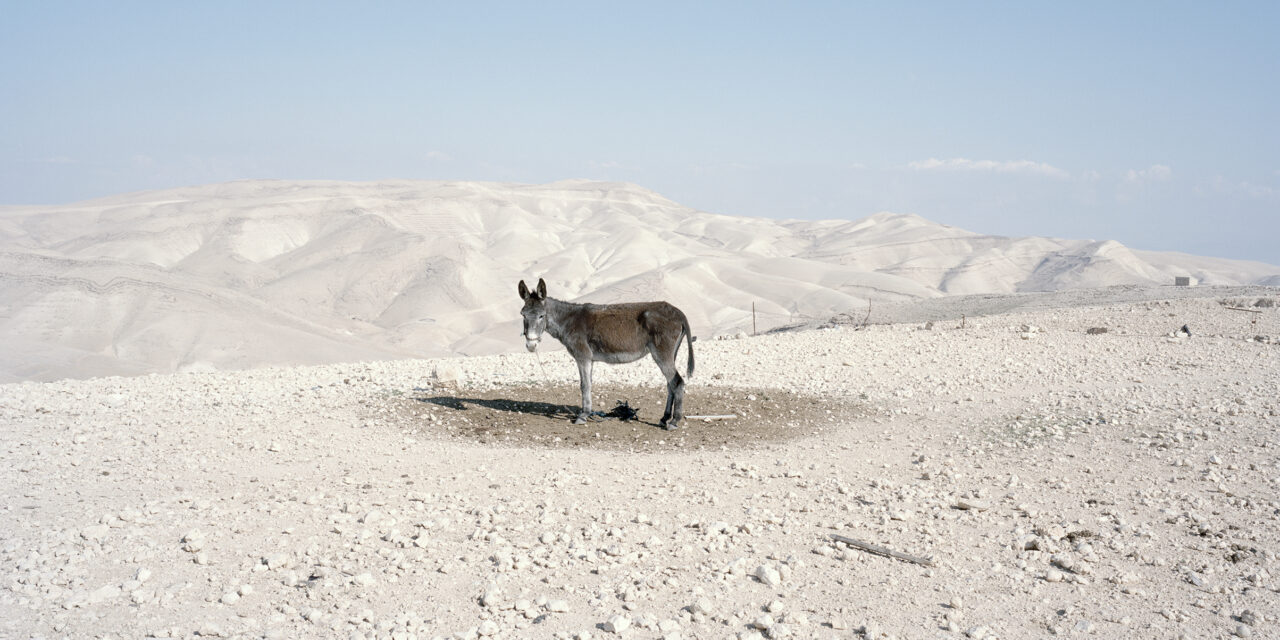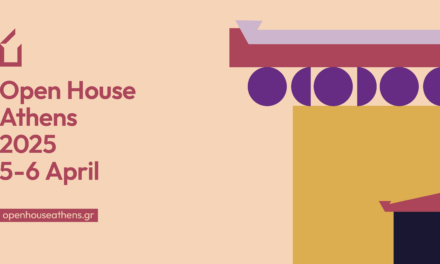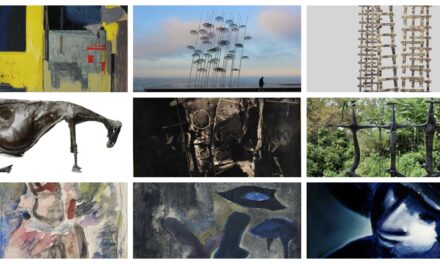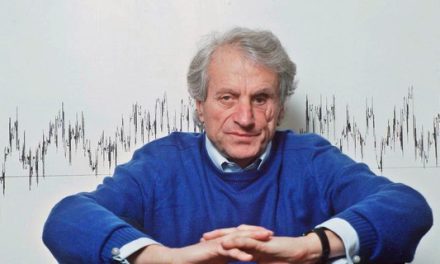What does it mean to share the planet with animals today? Are they just background characters in our human-centered story or do they deserve space, respect and justice in their own right?
These are the provocative questions at the heart of the EMST’s latest exhibition Why Look at Animals? Justice for Non-Human Life. Curated by Katerina Gregos, this is the most ambitious show ever mounted by the museum and one of the first large-scale exhibitions globally to tackle the intersection of animal welfare, ethics and contemporary art.

Courtesy of the artist and Esther Schipper (Berlin-Paris-Seoul), Photo by Paris Tavitian
Featuring over 200 works by more than 60 artists from 25 countries, the exhibition isn’t just vast—it’s urgent, emotional and deeply political. It explores how animals have been marginalized in modern life and asks if true environmental justice is even possible without including non-human life. This is not just a show about animals. It’s about ethics, empathy and our place on this planet.
Inspired by John Berger’s 1980 essay Why Look at Animals?, the show begins with a powerful premise: animals, once central to human life, have been gradually pushed out of sight—physically and symbolically. Once our companions, guides and symbols, animals are now more likely to be seen behind glass, on a plate or as products of industry. As Berger observed, animals were once at the center of human life. But modernity, through industrialization, capitalism and mechanistic thinking, has pushed them to the margins. From living beings, they have been transformed into products, entertainment, or scientific tools—depersonalized and commodified.
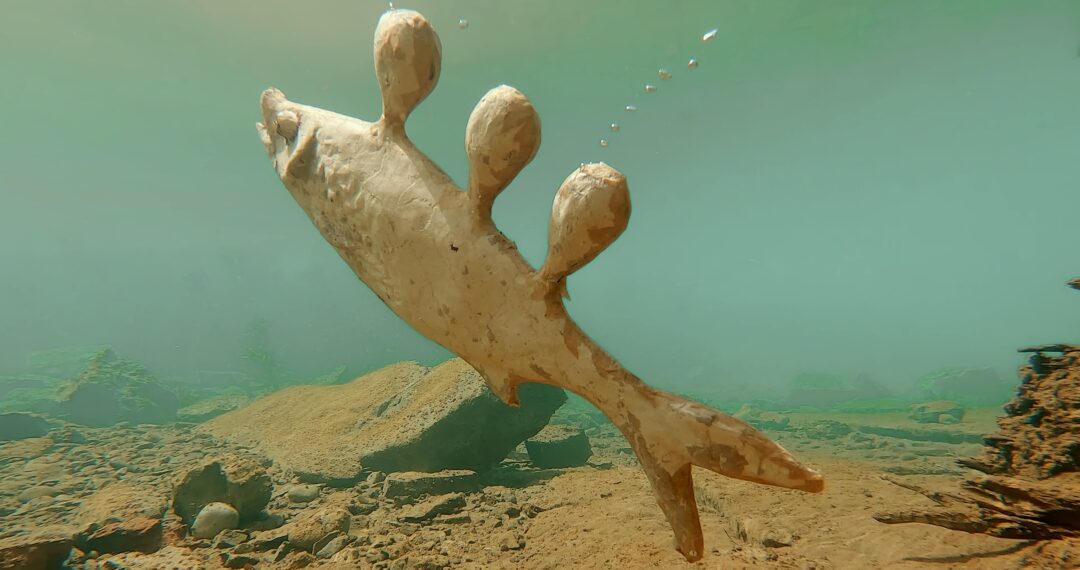
Courtesy of the artist and Giorgio Persano Gallery (Torino)
The exhibition takes aim at speciesism—the belief that human life is inherently more valuable than all other life. These ideas have underpinned centuries of systemic exploitation, rendering animals silent, invisible and subordinate. Today, animals are subjected to extreme violence: from factory farming, experimentation, and habitat destruction, to cultural practices and illegal wildlife trafficking.
The exhibition argues for a fundamental shift in our ethical, political, and ecological understanding. It makes the case that non-human life must be an integral part of any serious conversation about environmentalism, planetary well-being and justice. To protect the planet, we must protect the lives of all its sentient inhabitants.
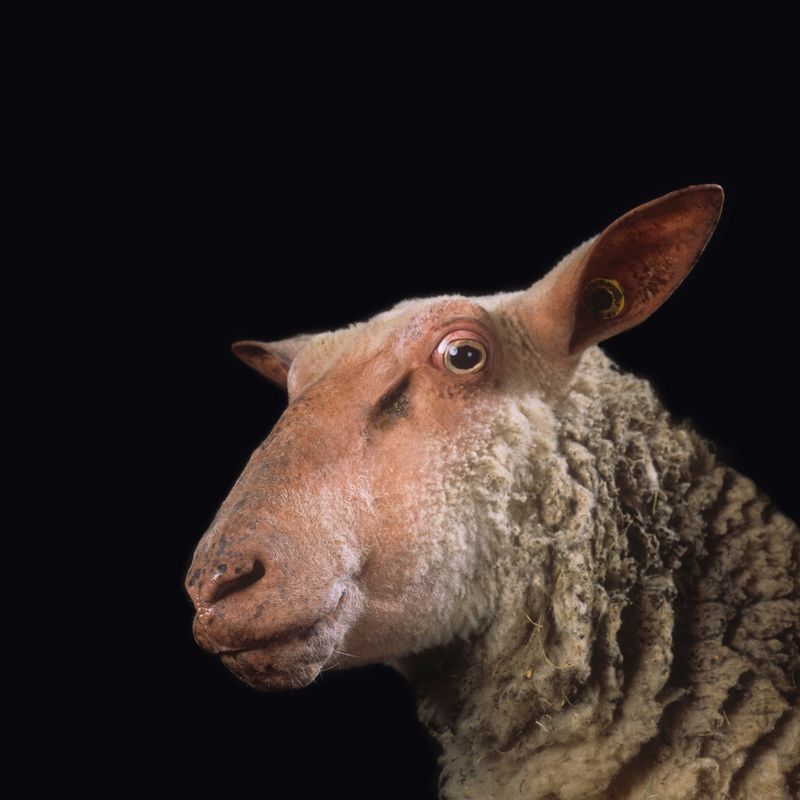
Courtesy of the artist
The exhibition Why Look at Animals? Justice for Non-Human Life highlights the need to recognize and defend animal life as a pressing issue, one that politics, commerce, and agriculture address either with ignorance or indifference. It exposes the problematic aspects of the dominant approach toward animals, which treats them as tradable goods and products for consumption. Its aim is to spark discussion around the political and ethical dimensions of human treatment of animals and to shed light on the violent mechanisms of their exploitation and systemic abuse.
It also addresses the question of animal emotional intelligence, seeking to affirm their nature not as something separate from us, but as an organic and integral part of our biosphere and ecosystems. Climate change, pollution, industrial-scale farming, war, destruction of animal habitats, experiments conducted on them, and the neglect or abandonment of domestic animals are all factors with dramatic consequences for animals themselves and for their habitats.
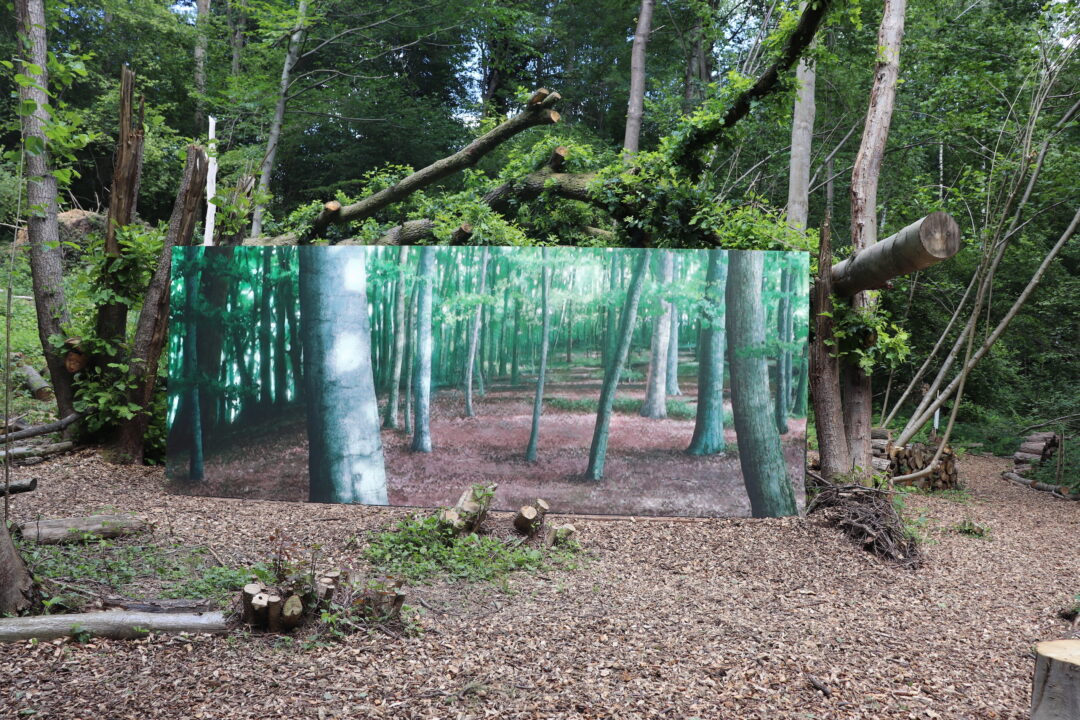
Courtesy of the artists
By examining the issue of human estrangement from animals and their alienation from their natural environment, this group exhibition seeks to raise awareness of the need for the protection of non-human life to be valued on the same ethical level as the protection of human life. Ultimately, this is not only about treating animals as a distinct category that inherently deserves our defense, but about a broader and vital ecological concern, inextricably linked to environmental science and planetary well-being as a whole.
The starting point of the exhibition is the museum’s Lower Level. Colonialism, industrialization and the myth of progress are interrogated as forces large-scale destruction of habitats and the violent exploitation of animals. From the ground floor upwards, visitors will encounter works focusing on the present condition of animals: how they survive in urban environments, as well as examples of activism for their rights and new forms of knowledge about them. Finally, on the museum’s fourth floor, poetry, ecofeminism, animism, play, creativity, and humor intersect. Animals reclaim their lost dignity, while we are invited to imagine a future world with a more harmonious inter species coexistence and collaboration.
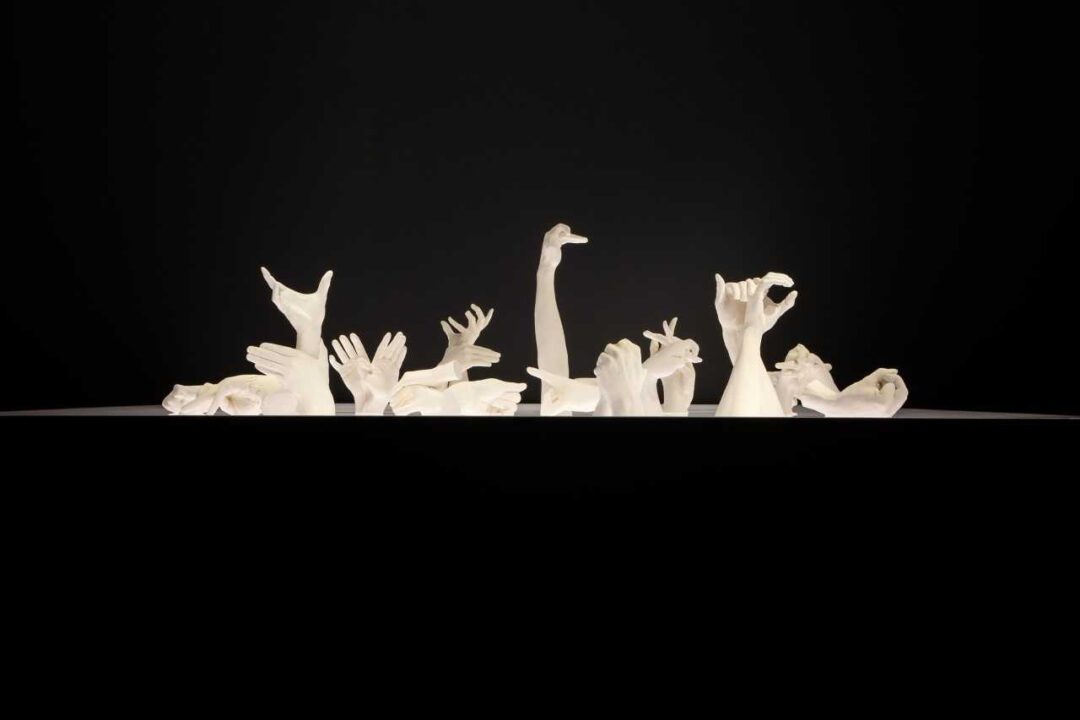
Courtesy of the artist and Kate MacGarry Gallery (London)
The visitor explores how animals adapt to urban life, how science reveals their intelligence and emotional worlds and how artists and activists are speaking up for animal rights.
The fourth floor offers a shift in tone. Humor, tenderness, ecofeminism and animism offer glimpses of what a future of coexistence might look like. Here, animals are not victims but agents—playful, complex, and worthy of respect.
The result is a deeply moving, intellectually rigorous, and often surprising experience.
In the age of climate breakdown, environmental justice can no longer exclude non-human life. This exhibition makes a powerful case: we can’t save the planet without rethinking our relationship with the animals we share it with.
The show advocates not just for compassion, but for justice—a political and ethical recognition that animals are not resources but fellow beings with rights and dignity. Animals are recognized as sentient beings. More than just an art show, Why Look at Animals? is a call to action. Through powerful works, haunting images and unexpected moments of joy, it invites us to see animals—and ourselves—differently.
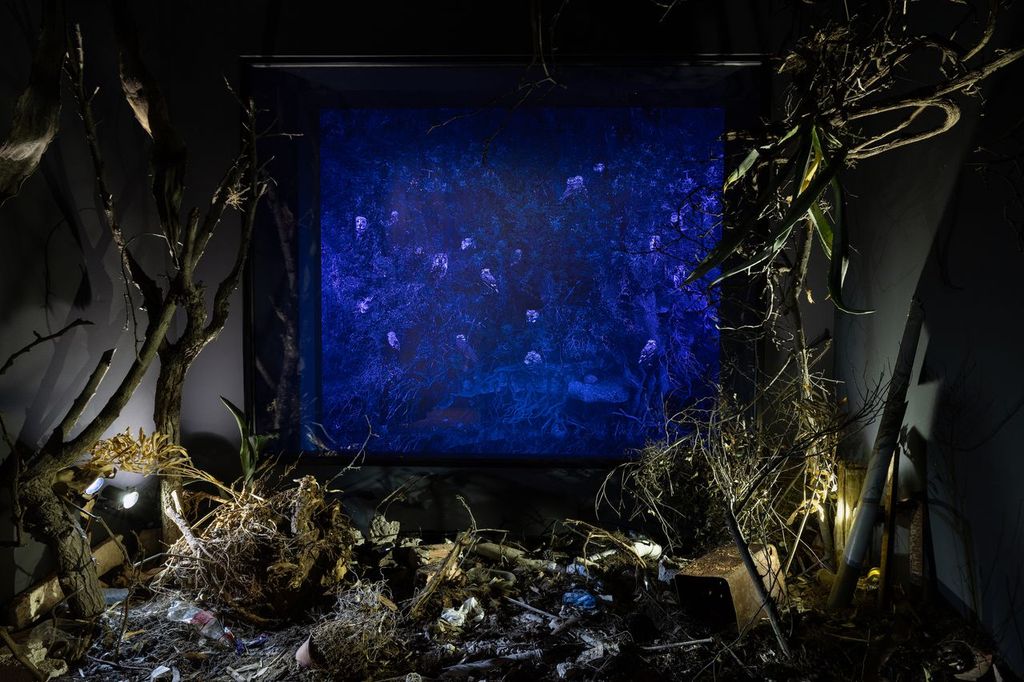
Courtesy of the artist, Photo by Paris Tavitian
In the face of climate breakdown and ecological collapse, rethinking our relationship with non-human life is not optional—it is essential. The exhibition underscores that protecting animal life is not separate from environmentalism; it is central to it. Without justice for animals, there can be no justice for the planet.
Why Look at Animals? Justice for Non-Human Life aims to spark critical conversations around empathy, ethics and ecological justice. It offers not only a platform for artistic expression but a necessary political and philosophical intervention.
This is an invitation to look—really look—at animals again. Not as products or symbols, but as fellow beings with whom we share this fragile, interconnected planet.
Participating artists: Ang Siew Ching I Art Orienté Objet (Marion Laval-Jeantet & Benoît Mangin) I Sammy Baloji I Elisabetta Benassi I John Berger I Rossella Biscotti I Kasper Bosmans I Xavi Bou I Nabil Boutros I David Brooks I Cheng Xinhao I David Claerbout I Marcus Coates I Sue Coe I Simona Denicolai & Ivo Provoost I Mike Dibb & Chris Rawlence I Mark Dion I Radha D’Souza I Maarten Vanden Eynde I Jakup Ferri I Alexandros Georgiou I Igor Grubić I Gustafsson & Haapoja I Joseph Havel I Lynn Hershman Leeson I Annika Kahrs I Menelaos Karamaghiolis I Anne Marie Maes I Britta Marakatt-Labba I Nikos Markou I Angelos Merges I Wesley Meuris I Tiziana Pers I Paris Petridis I Janis Rafa I Rainio & Roberts I Marta Roberti I Mostafa Saifi Rahmouni I Lin May Saeed I Panos Sklavenitis I Sonic Space I Jonas Staal I Daniel Steegmann Mangrané I Oussama Tabti I Emma Talbot I
Nikos Tranos I Maria Tsagkari I Dimitris Tsoumplekas I Euripides Vavouris I Kostis Velonis I Driant Zeneli
The exhibition will be on view through February 15th 2026
Intro photo: Paris Petridis Bethlehem Courtesy of the artist
D.T.

